Simplified Guide on Removing Running Boards on a 1998 Mercury Mountaineer
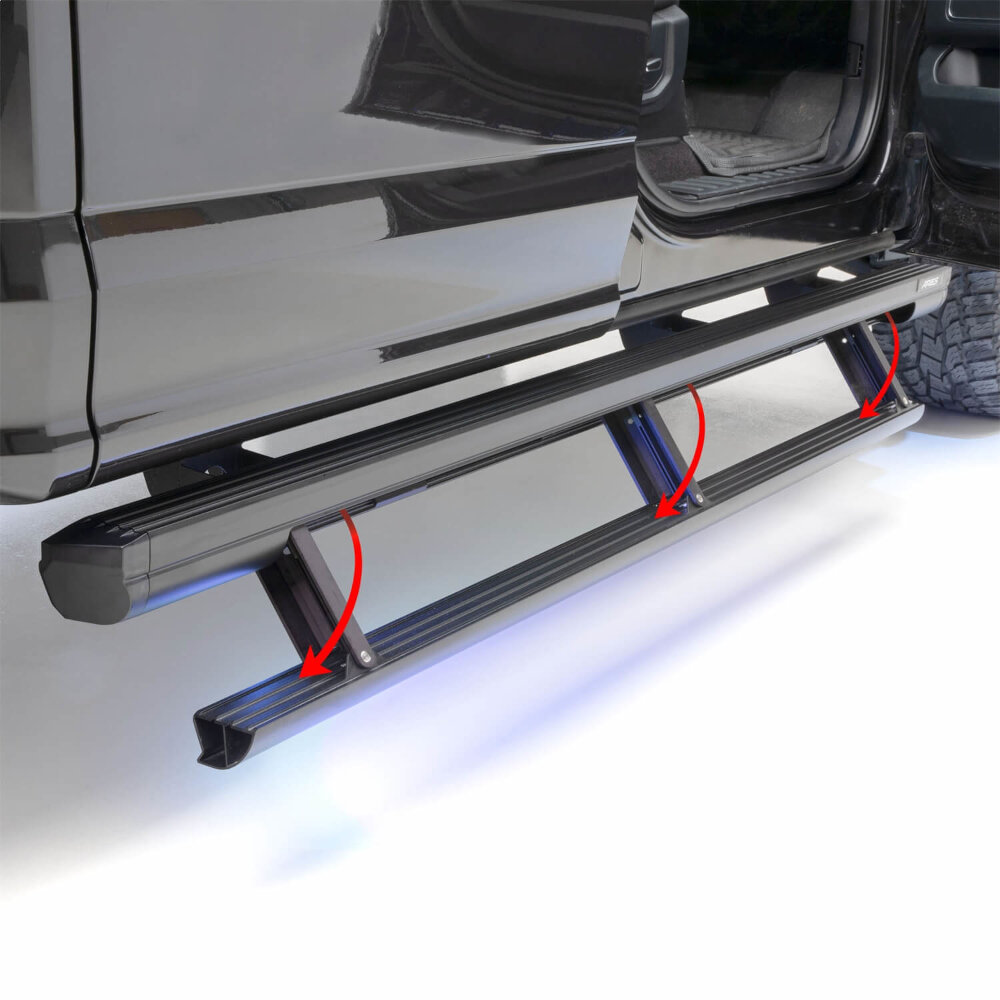
The 1998 Mercury Mountaineer is a robust and reliable SUV that has served many people for years. One of its distinctive features is its running boards, which add a touch of style and functionality to the vehicle. However, there are times when you may need to remove the running boards, either for maintenance purposes or to replace them with new ones. While the process of removing running boards may seem daunting for beginners, it is a simple and straightforward task that anyone can accomplish with the right tools and instructions. In this simplified guide, we will walk you through the steps of removing the running boards on your 1998 Mercury Mountaineer. We will provide you with a list of the tools you will need and offer detailed instructions on how to remove the running boards step by step. We will also provide tips on safety precautions to take during the removal process and how to keep your vehicle protected from damage. By the end of this guide, you will have the knowledge and confidence to remove the running boards on your Mercury Mountaineer like a pro.
Running boards are flat boards or panels that are typically attached to the sides of a vehicle, running from the front to the back. They are designed to provide an easier step up into a truck or SUV, particularly for passengers who may have difficulty climbing into a high-riding vehicle. Running boards can also serve as a decorative accessory, adding a touch of style to the exterior of a vehicle. They are often made from durable materials, such as aluminum or steel, and may come in a variety of finishes, including chrome or matte black. However, over time, running boards can become worn or damaged, and may need to be removed and replaced.
The 1998 Mercury Mountaineer running boards can accumulate dirt, grime, and debris over time, which can be difficult to clean and maintain. Additionally, removing the running boards can improve ground clearance, making it easier to navigate rough or uneven terrain. In some cases, the running boards may also become damaged or worn, making it necessary to remove them for repair or replacement. By removing the running boards, you can enhance the appearance and functionality of your vehicle, while also ensuring that it is safe and roadworthy.
Tools and Materials Needed
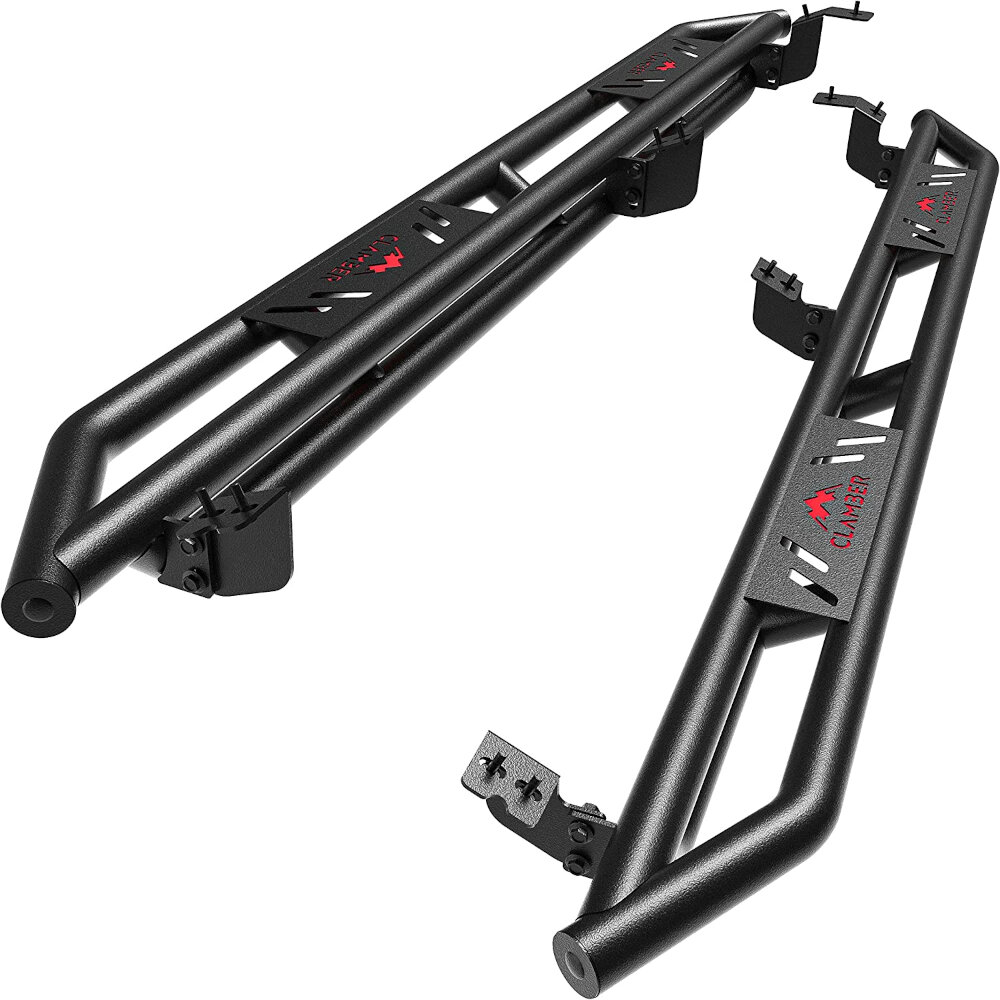
Removing running boards from your 1998 Mercury Mountaineer can be a tricky task, but with the right tools and materials, the job can be done easily and efficiently. Before beginning the removal process, it is important to gather all of the necessary tools and materials. The first essential tool is a socket wrench set, which will be used to remove the bolts that hold the running boards in place. Additionally, a pry bar will come in handy for removing any clips or fasteners that may be holding the running boards securely. A rubber mallet can also be useful for gently tapping the running board to loosen it from its position. Other materials that may be needed include a degreaser to clean any areas that may be difficult to reach, and a lubricant to help loosen any tight or rusted bolts. Once you’ve gathered all of the necessary tools and materials, it’s time to get started on removing the running boards. Begin by using the socket wrench set to remove the bolts that hold the running boards in place. Be sure to keep the bolts and any other hardware in a safe place so that they don’t get lost. Next, use the pry bar to gently remove any clips or fasteners that may be holding the running boards in place. If the running board is particularly stubborn, a rubber mallet can be used to gently tap it to loosen it from its position. Once the running board is free, use the degreaser to clean any areas that may be difficult to reach, and apply a lubricant to any tight or rusted bolts to make the removal process easier. By following these steps and using the proper tools and materials, removing running boards from your 1998 Mercury Mountaineer can be a straightforward and stress-free process.
If you’re planning to remove the running boards of your 1998 Mercury Mountaineer, there are several tools you need to have on hand to make the job more manageable. First and foremost, you’ll need a socket set with both standard and metric sockets in various sizes to accommodate the different bolts and nuts that secure the running boards. You’ll also need a ratchet and extension bars to reach tight spaces. A pry bar or flathead screwdriver can help you remove any clips or fasteners holding the running board in place, while a rubber mallet can loosen any stubborn parts. A torque wrench is also necessary to ensure proper tightening of bolts when reassembling the vehicle. Having these tools will make the process of removing the running boards of your 1998 Mercury Mountaineer much more manageable.
When it comes to removing the running boards from your 1998 Mercury Mountaineer, you will need a few key materials to get the job done efficiently and safely. First and foremost, you will need a sturdy and reliable set of heavy-duty gloves to protect your hands from any sharp edges or debris that may be present during the removal process. Additionally, you will need a set of proper tools such as a socket wrench set, pliers, and a pry bar to help loosen and remove any bolts or screws that are securing the running boards in place. A sturdy step ladder or platform may also be helpful to provide easy access to the underside of the vehicle, and a tarp or drop cloth can help protect the surrounding area from any dirt or debris that may fall during the removal process. By gathering these materials ahead of time and taking the necessary safety precautions, you can make removing your Mountaineer’s running boards a smooth and successful process.
Steps to Remove Running Boards
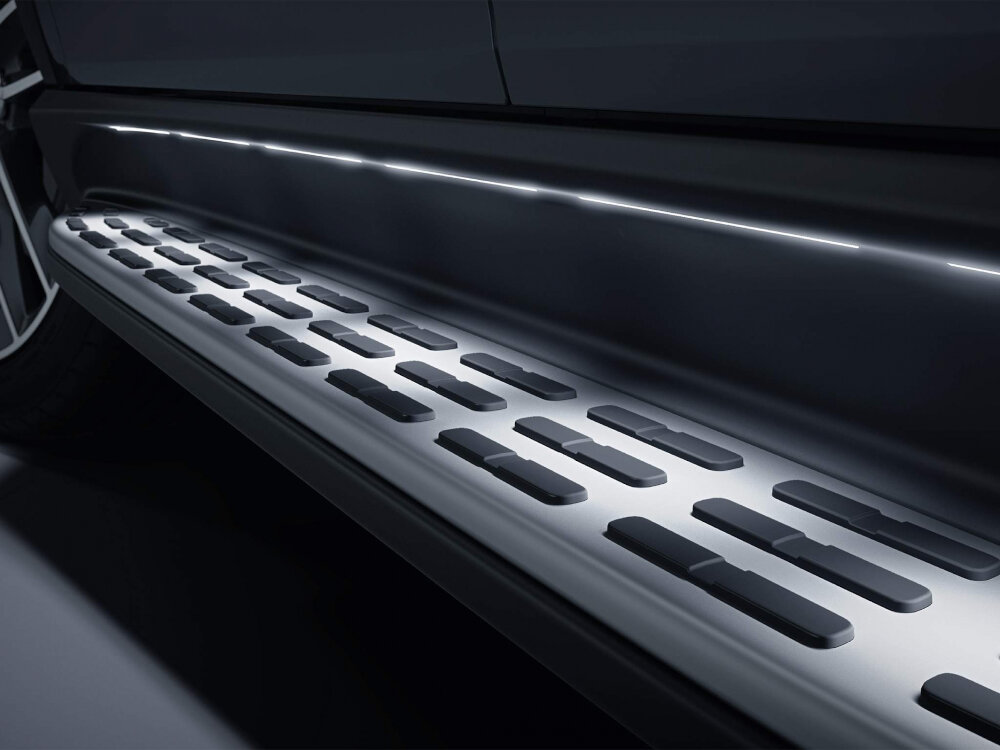
If you’re planning on removing the running boards of your 1998 Mercury Mountaineer, you’re in the right place. Removing running boards can be a tricky task if you don’t know what you’re doing. However, with the right tools and following the right steps, you’ll be able to take them off in no time. Before you get started, make sure you have all the necessary tools, including a wrench, a socket set, and a pry bar. The first step to removing running boards is to locate the screws that attach them to the vehicle’s body. These screws are usually located on the brackets that hold the running boards in place. Once you’ve located the screws, use a socket set or wrench to remove them. After you’ve removed all the screws, use a pry bar to gently pry the running board away from the vehicle’s body. Be careful not to damage the paint or the body of the vehicle. Repeat the same process on the other side of the vehicle. With these simple steps, you’ll be able to remove the running boards of your 1998 Mercury Mountaineer without a problem.
The first step in removing the running boards from a 1998 Mercury Mountaineer is to locate the mounting brackets. These brackets are typically located along the underside of the vehicle, near the front and rear wheels. It may be necessary to use a flashlight to locate them, as they can be difficult to see without proper lighting. Once the brackets have been located, it is important to inspect them for any signs of damage or wear and tear. This will help ensure that they can be safely removed without causing any damage to the vehicle or the running boards themselves. Overall, taking the time to properly locate the mounting brackets is an essential first step in the process of removing running boards from a 1998 Mercury Mountaineer.
Step 2 of the 1998 Mercury Mountaineer simplified guide on removing running boards involves removing any bolts or screws that are holding the brackets in place. This is a crucial step in the process that requires a certain level of patience and precision. It is important to ensure that all bolts and screws are completely removed to avoid any damage to the running boards or the vehicle itself. The brackets may be attached in various locations and angles, so it is important to carefully inspect and identify all the necessary bolts and screws before proceeding with their removal. Once all the bolts and screws have been removed, the brackets should come off easily, allowing for the running boards to be safely removed from the vehicle.
To proceed with the removal of the running board from the brackets of a 1998 Mercury Mountaineer, the third step is to detach the board from the brackets. This can be accomplished by removing the bolts and nuts that connect the board to the brackets. A socket wrench or pliers can be used to loosen the bolts and nuts. Once they are removed, the board can be lifted away from the brackets. It is important to be careful during this step to avoid damaging the board or the brackets. The running board may be heavy, so it is recommended to have someone assist with lifting it away from the vehicle. By following this step, the running board can be safely removed from the brackets of the Mercury Mountaineer.
In the process of removing running boards from a 1998 Mercury Mountaineer, Step 4 requires the repetition of Steps 1-3 on the other side of the vehicle. This involves carefully unscrewing the bolts that secure the running board to the frame of the car, gently prying the running board away from the frame with a pry bar, and disconnecting any wiring or brackets that may be attached to the board. It is important to exercise caution during this step to avoid damaging the car’s frame or any surrounding components. By following this step, you can successfully remove both running boards from your 1998 Mercury Mountaineer.
Tips and Precautions
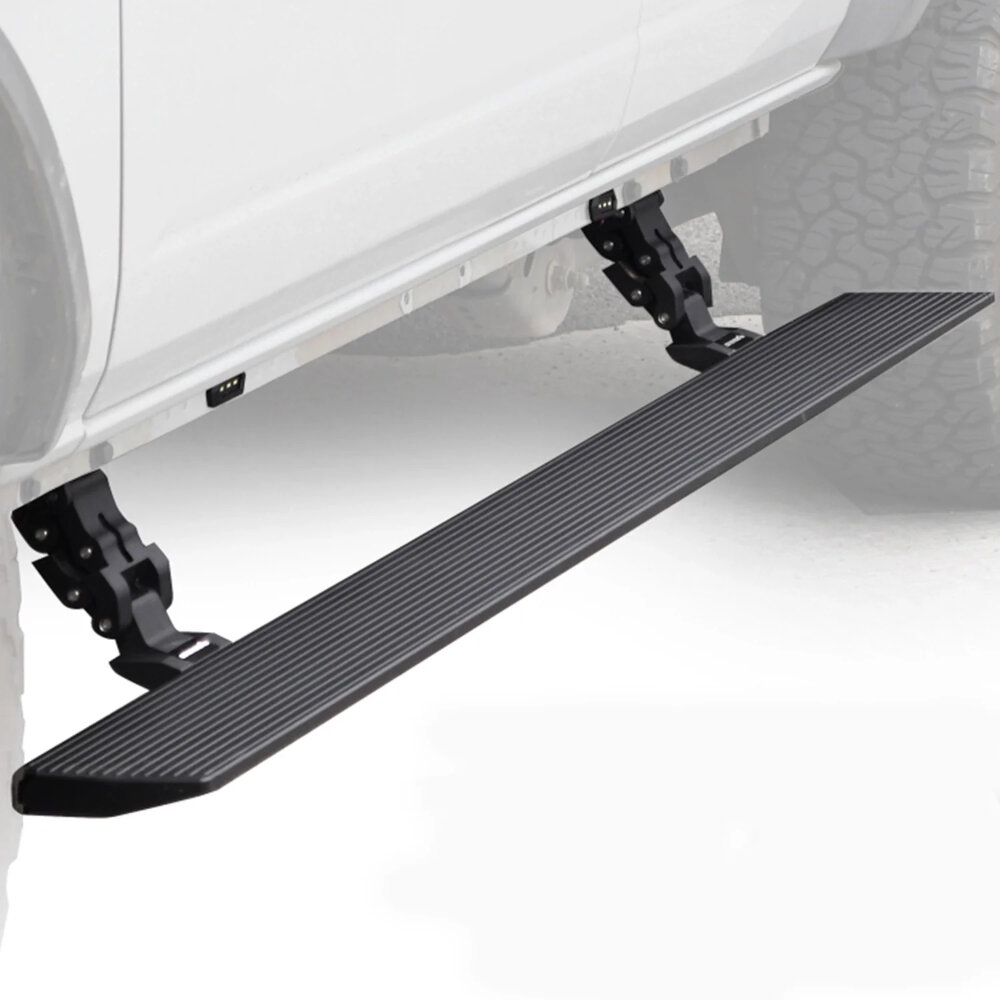
When it comes to removing running boards from your 1998 Mercury Mountaineer, there are a few tips and precautions that you should keep in mind. First and foremost, it is important to make sure that you have all of the necessary tools before you begin the process. This might include a socket wrench, pliers, and a pry bar. It is also a good idea to have a friend or family member on hand to assist you, as some of the steps involved in removing running boards can be challenging to complete on your own. Another important tip to keep in mind is to be patient and take your time. Rushing through the process can lead to mistakes and potentially cause damage to your vehicle. Additionally, it is important to be mindful of your safety throughout the process. This might include wearing protective gloves and eyewear, as well as ensuring that you have a secure footing while working on the vehicle. By following these tips and taking the necessary precautions, you can safely and effectively remove the running boards from your 1998 Mercury Mountaineer.
When working on a car, safety should always be the top priority. Firstly, make sure the car is parked on a level surface and the engine is turned off. Use wheel chocks and the emergency brake to prevent the car from rolling. Wear protective gear such as gloves and eye protection to prevent injuries. Always use the right tools and make sure they are in good condition. Never work under a car without proper support, such as jack stands or ramps. Always follow the manufacturer’s instructions when using tools or performing any repairs. Lastly, never rush the job and take breaks when needed to prevent fatigue and accidents. By following these safety tips, you can ensure a safe and successful car repair.
When removing the running boards from a 1998 Mercury Mountaineer, there are several things to be cautious of to avoid damage or injury. Firstly, ensure that the vehicle is parked on a level surface and that the emergency brake is engaged. Secondly, wear protective gear such as gloves and safety glasses to prevent injuries while removing the bolts and screws. Thirdly, be careful not to scratch or dent the vehicle’s body while removing the running boards. Additionally, it is important to have a clear understanding of the mounting system used for the running boards to avoid damaging them or other components. Lastly, keep track of all the screws and bolts removed, as they will be required when reinstalling the running boards. By being cautious and attentive during the removal process, one can safely and successfully remove the running boards from a 1998 Mercury Mountaineer.
Removing the running boards on a 1998 Mercury Mountaineer can be a daunting task, but with the right tools and knowledge, it can be done with ease. First, locate the bolts securing the running boards to the frame of the vehicle and loosen them using a socket wrench. Next, remove the plastic clips that attach the running boards to the body of the vehicle. Once all the bolts and clips have been removed, gently lift the running boards off the vehicle, being careful not to damage any surrounding parts. It is important to keep all bolts and clips in a safe place for reinstallation. With these steps, you can successfully remove the running boards on your Mercury Mountaineer and have it looking as good as new.
In conclusion, removing the running boards from your 1998 Mercury Mountaineer is a simple process that can make a big difference in the appearance and functionality of your vehicle. However, it is important to keep in mind that removing the running boards may affect the resale value of your car. Additionally, make sure to take all the necessary safety precautions during the removal process, such as wearing gloves and using a step ladder or stool. Overall, if you are looking to give your Mountaineer a sleeker and more rugged appearance, removing the running boards is a great option. Just be sure to weigh the pros and cons before making a final decision.
Conclusion
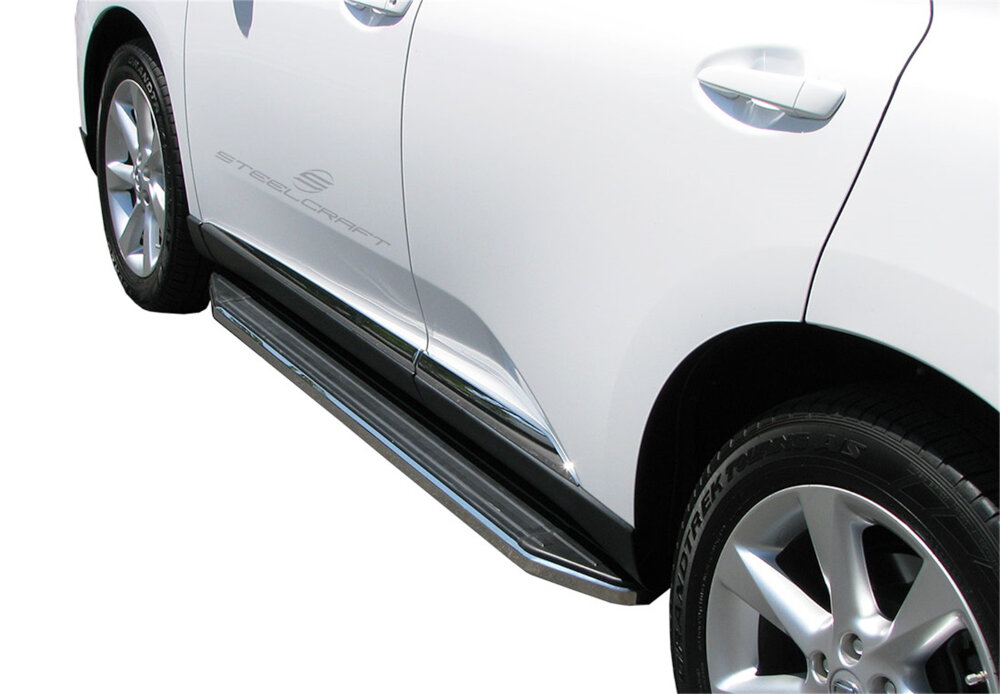
In conclusion, removing the running boards from a 1998 Mercury Mountaineer can be a straightforward and manageable task with the proper tools, patience, and attention to detail. By following the simplified guide provided, you can ensure that the process is completed safely and efficiently, without causing any damage to your vehicle. It is important to keep in mind that this task may require some physical effort and may take some time, but the end result will be a sleek and modern look for your Mountaineer. With a little bit of determination, you can remove your running boards and take your Mercury Mountaineer to the next level of style and functionality.

